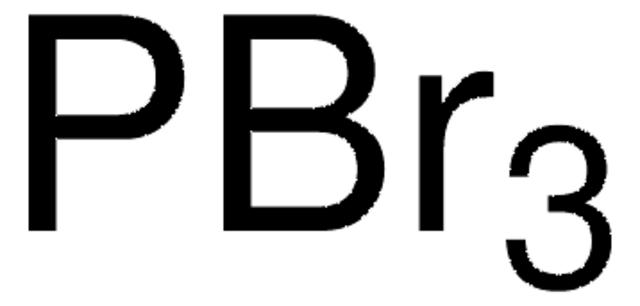177962
Undecanedioic acid
97%
Sinónimos:
1,9-Nonanedicarboxylic acid
Iniciar sesiónpara Ver la Fijación de precios por contrato y de la organización
About This Item
Fórmula lineal:
HOOC(CH2)9COOH
Número de CAS:
Peso molecular:
216.27
Beilstein/REAXYS Number:
1780537
EC Number:
MDL number:
UNSPSC Code:
12162002
PubChem Substance ID:
NACRES:
NA.23
Productos recomendados
assay
97%
mp
108-110 °C (lit.)
SMILES string
OC(=O)CCCCCCCCCC(O)=O
InChI
1S/C11H20O4/c12-10(13)8-6-4-2-1-3-5-7-9-11(14)15/h1-9H2,(H,12,13)(H,14,15)
InChI key
LWBHHRRTOZQPDM-UHFFFAOYSA-N
¿Está buscando productos similares? Visita Guía de comparación de productos
Categorías relacionadas
signalword
Warning
hcodes
Hazard Classifications
Eye Irrit. 2
Storage Class
11 - Combustible Solids
wgk_germany
WGK 3
flash_point_f
Not applicable
flash_point_c
Not applicable
ppe
dust mask type N95 (US), Eyeshields, Gloves
Elija entre una de las versiones más recientes:
¿Ya tiene este producto?
Encuentre la documentación para los productos que ha comprado recientemente en la Biblioteca de documentos.
Los clientes también vieron
M Matsumoto et al.
Biomedical & environmental mass spectrometry, 19(3), 171-175 (1990-03-01)
Urine from patients with calcium-4-(2,4-dihydroxy-3,3-dimethylbutyramido) butyrate hemihydrate (hopantenate) therapy during episodes of Reye's-like syndrome was found to contain a number of unusual dicarboxylic acids in high concentrations; odd- and even-numbered medium-chain dicarboxylic acids, alpha-hydroxydicarboxylic acids and beta-hydroxydicarboxylic acids. The abnormal
M Claire et al.
Connective tissue research, 4(2), 61-71 (1976-01-01)
Macroscopically lesion-free parts of human aortas with no or light lesions (group I) and advanced atherosclerotic lesions (group II) were submitted to a series of successive extractions in order to "solubilize" all the macromolecular components of the arterial wall ("chemical
Shuang Yang et al.
Journal of agricultural and food chemistry, 64(48), 9237-9245 (2016-12-10)
The current study aimed to investigate whether quercetin plays a protective role in acrylamide (AA)-induced toxicity using a metabolomics approach. Rats were randomly divided into groups as follows: control, treated with AA [5 mg/kg body weight (bw)], treated with different
Fei Li et al.
Journal of proteome research, 14(4), 1937-1946 (2015-02-26)
Colon cancer is the most common cancer and the third leading cause of cancer mortality in humans. Using mass spectrometry-based metabolomics, the current study revealed the accumulation of four uremic toxins (cresol sulfate, cresol glucuronide, indoxyl sulfate, and phenyl sulfate)
Xiaoling Zang et al.
Journal of proteome research, 13(7), 3444-3454 (2014-06-13)
Prostate cancer (PCa) is the second leading cause of cancer-related mortality in men. The prevalent diagnosis method is based on the serum prostate-specific antigen (PSA) screening test, which suffers from low specificity, overdiagnosis, and overtreatment. In this work, untargeted metabolomic
Nuestro equipo de científicos tiene experiencia en todas las áreas de investigación: Ciencias de la vida, Ciencia de los materiales, Síntesis química, Cromatografía, Analítica y muchas otras.
Póngase en contacto con el Servicio técnico










